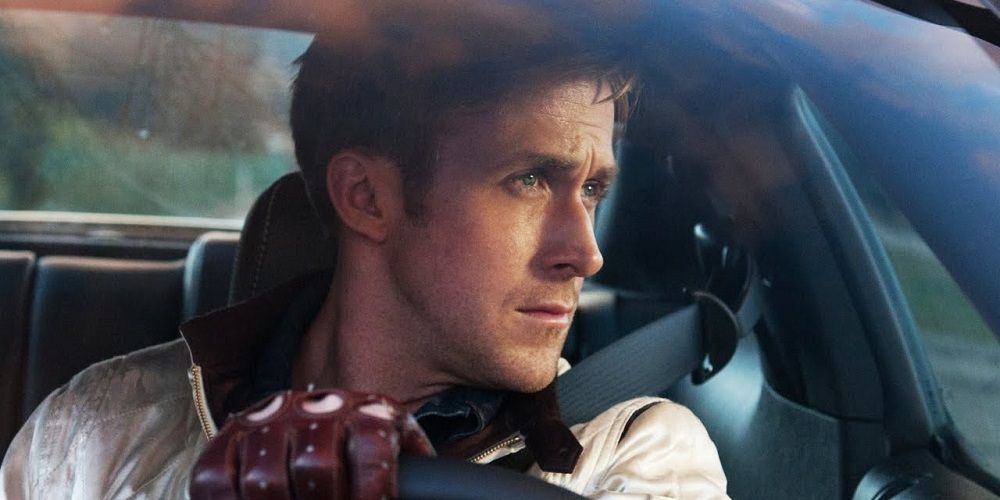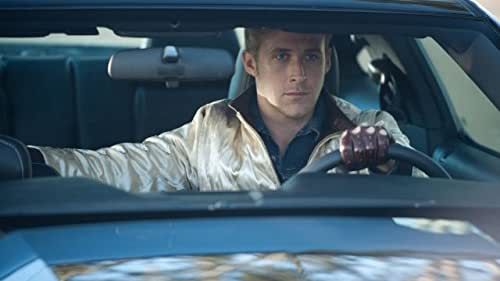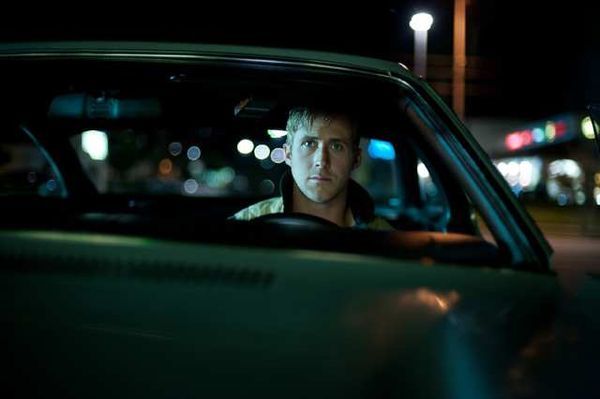Yesterday marked the tenth anniversary since Drive’s cinematic debut, a high-octane car-centric flick from Nicolas Winding Refn that probably doesn’t get the credit it deserves for pulling Ryan Gosling out of his rut as a romantic lead and establishing him as a serious, dramatic actor. Without Drive, we wouldn’t have Blade Runner 2049 - or at least, we wouldn’t have Ryan Gosling in it. Looking back on the film’s legacy though, that’s about all you can say about it. It helped Gosling’s career. The end. But it should have been a watershed moment for a genre that is still going stale a decade later. Drive was a breath of fresh air, but we all let it pass us by. Ten years on, it’s worth giving it some credit.
Drive was a movie about a man - known only as the Driver - whose day job is stunt racing for Hollywood blockbusters. By night, he’s a getaway driver for hire, helping bank robbers and conmen evade police at high speeds, while seamlessly managing to blend in with the public and let everyone disperse safely. It has an astoundingly average 7.8 on IMDb, and an identical 78 on Metacritic, although since critics tend to be harsher, having the same score is decent news on the critical front. This typifies the issue with Drive - a lot of people cared more about what they didn’t see than what they did.
A 78 critical score still isn’t universal approval, but far more interesting are the audience reviews. It’s not like gaming with Drive getting reviewed bombed with ones and zeros for opening at Odeon and not Cineworld or for including a woman - the scores are dragged down by fives, sixes, and sevens, decrying the movie as “dull”, “boring”, and “slow”. This is a movie about car chases where people are battered to death with hammers. It ain’t dull. But it also isn’t a typical action movie, and that is the problem - but the problem isn’t with Drive for doing something different, it’s with action movies for doing the same thing over and over again.
It was getting old when Drive came out a decade ago, and by now it really should be dead. Dwayne Johnson starred in two different movies about a skyscraper being destroyed in 2018, having three years earlier starred in San Andreas, where a bunch of buildings are destroyed. They’re all about reluctant male heroes, often with family issues, who are forced into action, saving the day with righteous violence while quipping and walking away from explosions without looking back. That’s the plot of Die Hard, and that came out in 1988. Why are we still doing it?
There are some action flicks trying to be different. Free Guy has a novel concept and has enjoyed huge success this year, while Gunpowder Milkshake shakes up the formula well enough. One of the most successful action films of the decade, John Wick, also resists the VFX heavy explosions, going for tightly coordinated stunts and intimately choreographed fight scenes.
Mostly though, it’s superhero schlock fests, Fast & Furious, or Generic Muscle-Bound Actor #3 in Explosions Are Cool. Clearly, people like this. I can’t quite figure out why. But they do, and these people wanted Drive to be that kind of movie. If more people had understood what it was actually meant to be, maybe it would be remembered more fondly today.
In a landscape where so many action movies are loud, Drive was whisper quiet. Though it rejects the typical pattern of higher and higher stakes with bigger and bigger booms, there is surprisingly little dialogue. Many of the scenes are two characters just talking, only they don’t really talk. They look at each other. They think. Look, I know this sounds like I'm writing this while wearing tweed and tapping a clay pipe, but if you put two awkward, withdrawn, on-edge people together, this is the result. Scenes in Drive are blisteringly real, because they feel like an attempt to capture that moment of shared silence between two people that don’t quite know how to communicate how they feel. It doesn’t feel, like so many action movies do, as if it has been written to make you laugh, or to get in a zinger that might one day end up on a shit t-shirt.
We haven’t even gotten to the driving yet. This isn’t really something other movies can learn from - it’s an incredibly car-centric film - but considering how many legendary car chases there are in the cinematic archive, that Drive was able to do something completely different to all of them is a massive credit to its creativity.
It opens with a 12-minute long driving sequence with virtually no dialogue. I get that this, added to what I’ve just said about characters talking without talking, seems to justify all those “it’s boring” reviews, but how many action movies can you think of that have the stones to say ‘Yeah, you like car chases? Here’s 12 minutes of one. Shut up’ - it trusts its audience, and that same audience bought tickets expecting to have its hand held while a megahunk held its hand and pointed to some shiny VFX flames.
While vaporwave beats seep from the car stereo, the driver’s leather-wrapped hands effortlessly slide the getaway vehicle down impossibly tight alleyways, thundering down the asphalt, skidding around tight corners, and eventually slipping silently into a parking lot, the police perplexed, the job done. Drive doesn’t skip on the action - it is clearly still an action movie, no matter how atypical - but it understands how to tell a story at pace and with layers far better than the generic blockbusters the genre is still plagued by today. Ten years on, it deserves a second chance.




